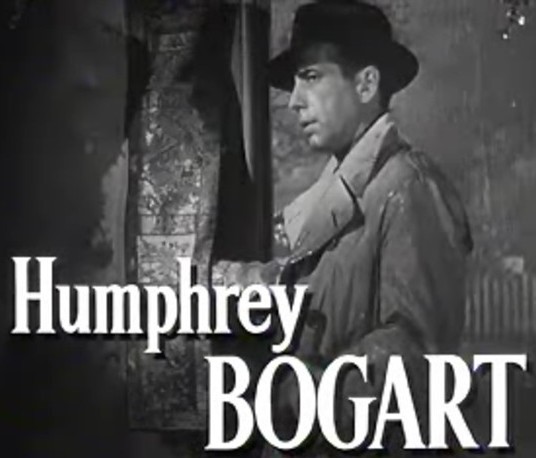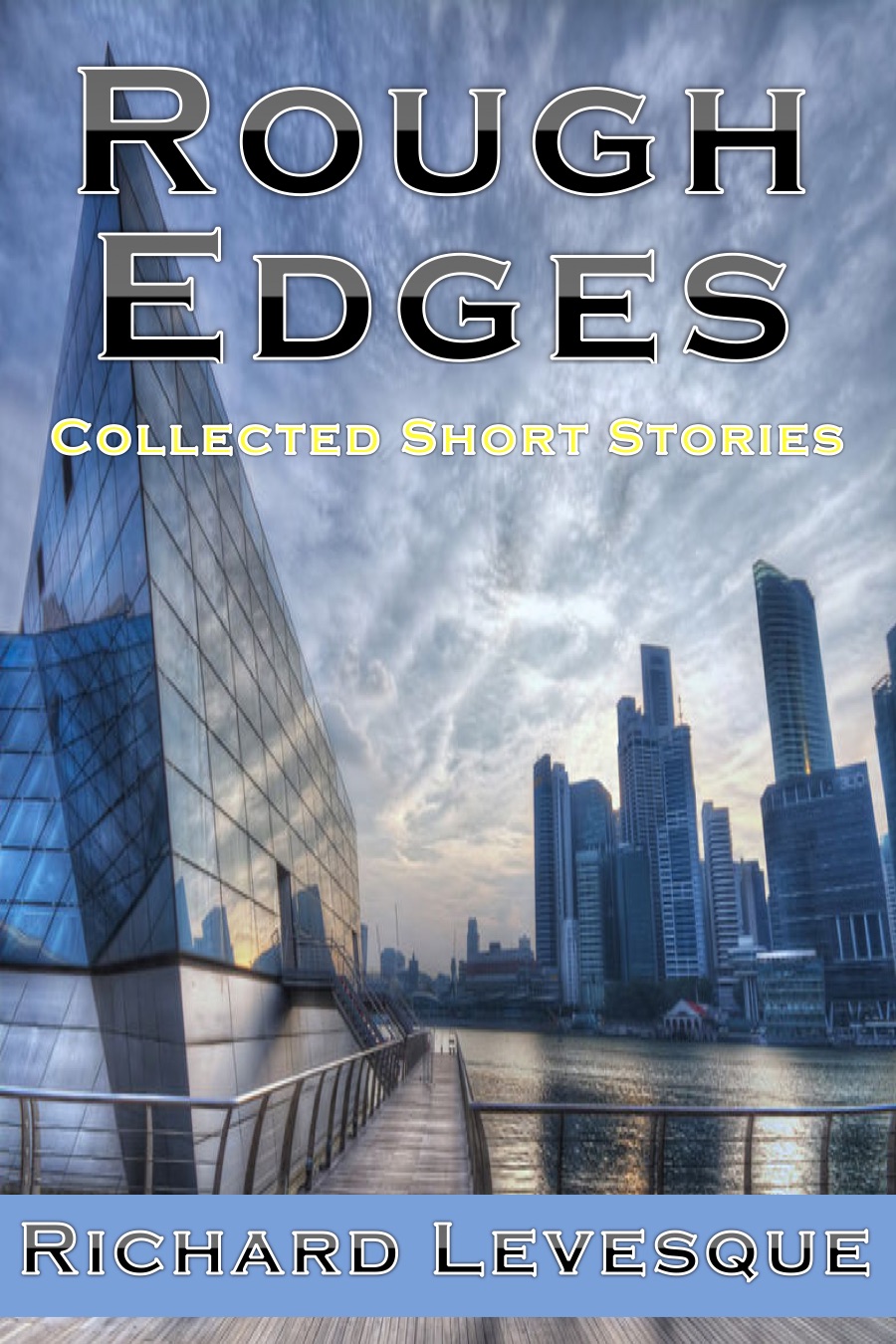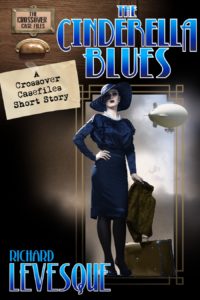Into the Dark: The Science Fiction/Noir Connection
The running man darts past a streetlight, casting a long shadow across the wet pavement. He glances back and then ducks into an alley, pressing himself into the darkness as he catches his breath and listens. He thinks he’s safe, but from the other end of the alley a new shadow moves. There’s a moment’s recognition when he sees her, but his relief fades instantly when he realizes there’s only one reason she’d be here in this alley at the same time as him. He hears someone running up the street toward the alley, and he knows he’s cornered. There’s no choice but to shoot his way out, but who to shoot first? The woman is only a few steps away. He can smell her, can practically taste her. But he knows why she’s here, so he pulls out his laser cannon and blasts her into eternity.
Wait.
What?
Laser cannon? Wasn’t that supposed to be a snub-nosed .38?
Well, yes. If this were a 1940s detective novel or a 1950s film noir, that is. But it’s not. This is science fiction, and yet the story and characters have a familiar hard-boiled, noir tone.
If you’re not up on that genre, it typically follows a protagonist (usually a private detective but not always) who lives on the edge of society—a good guy who sometimes does bad things but always in the name of getting to the truth and shining a light on the darkness that’s just below the surface of seemingly respectable society. Along the way, he encounters a femme fatale, crooked cops, deadly mobsters, lots of dark interiors and shadowy exteriors, and even more disillusionment. For novels, great examples include Raymond Chandler’s The Big Sleep, Dashiell Hammett’s The Maltese Falcon, and James M. Cain’s Double Indemnity. Of course, the filmed versions of those same books are also great examples of noir storytelling, along with dozens of others from the post-World War II era.
The blending of SF and noir goes back a long way, maybe even to Fritz Lang’s Metropolis. Most SF fans probably think more readily of Blade Runner, though, or at least the original theatrical release of that film with the Sam Spade-style voiceover. There are a lot of other examples, among them William Gibson’s “Burning Chrome” and Jonathan Letham’s Gun, with Occasional Music. More recently, the development of deco-punk and diesel-punk have added to the SF/noir canon.
But why blend SF and hard-boiled mystery? For me, the connection just seems natural as they’re my two favorite genres to read, and because I’ve spent a lot of time reading and writing about LA and Hollywood history and culture. When I started writing, I put my two loves together to end up with Take Back Tomorrow (a time travel novel set in 1940 Los Angeles) and Strictly Analog (about a down-and-out private detective in a near future, dystopian LA).
If you think about it, though, there’s also a logical connection. Look at science fiction from the early twentieth century—the pulpy, genre stuff in Amazing Stories, Astounding, and so on rather than more highbrow SF from Orwell and Huxley and Olaf Stapledon. In those pulp stories, the science fiction hero was a slightly disguised version of the cowboy or frontiersman, the hero of much of the popular fiction from the century before. That Western hero—the trailblazing loner who came into town, kissed a few shady ladies, blasted holes into the bullies trying to boss around the hard-working homesteaders, and then rode out again to explore the edges of the known world—managed to get bifurcated in the twentieth century. In one form, he became the private eye—still righting wrongs, messing with the wrong women, and always ending up alone after risking life and limb to make better the society that had somehow rejected him, or which he’d turned his back on voluntarily. And in his other form, he became the science fiction hero—exploring the galaxy and making future worlds safe for space colonists, taking on aliens and androids alike. Think Northwest Smith in C.L. Moore’s stories, or John Carter in Edgar Rice Burroughs’ Mars series. There was a lot less disillusionment in those heroes; they were a lot more like their cowboy granddaddies than their jaded detective cousins. And yet the two are not much different; it’s the settings that change, and the weapons—snub-nosed .38s for one, laser canons for the other.
It only makes sense that the split hero would rejoin himself in the form of the futuristic detective or private eye. Like all good literature, science fiction tends to reflect the culture that creates it. Maybe we’ve reached a point where we’re less optimistic about our future than SF writers in the 1930s were, less hopeful that technology will get us out of our binds or that the monsters (real or imagined) will be defeated with a good right cross and some superior intellect. But if our heroes are growing darker, their situations bleaker, their outlooks more pessimistic, we’re still entertained, caught up in the fantasy that there’s still someone out there with enough guts to do what’s right even at great personal cost.
…The femme fatale drops to the concrete, smoke rising from the big hole in her chest. The hero pauses over her corpse just long enough to say goodbye to the girl he thought she’d been. Then he runs off into the night, knowing his safety is only temporary…like ours.
"Burning Chrome" Aldous Huxley Amazing Stories Astounding Blade Runner C.L. Moore dashiell hammett Deco-Punk Deisel-Punk detective novel Double Indemnity Edgar Rice Burroughs Film Noir George Orwell Gun with Occassional Music James M. Cain John Carter jonathan letham maltese falcon noir Northwest Smith Olaf Stapledon pulp fiction Raymond Chandler Sam Spade Science Fiction Strictly Analog Take Back Tomorrorw The Big Sleep The Maltese Falcon Westerns William Gibson






